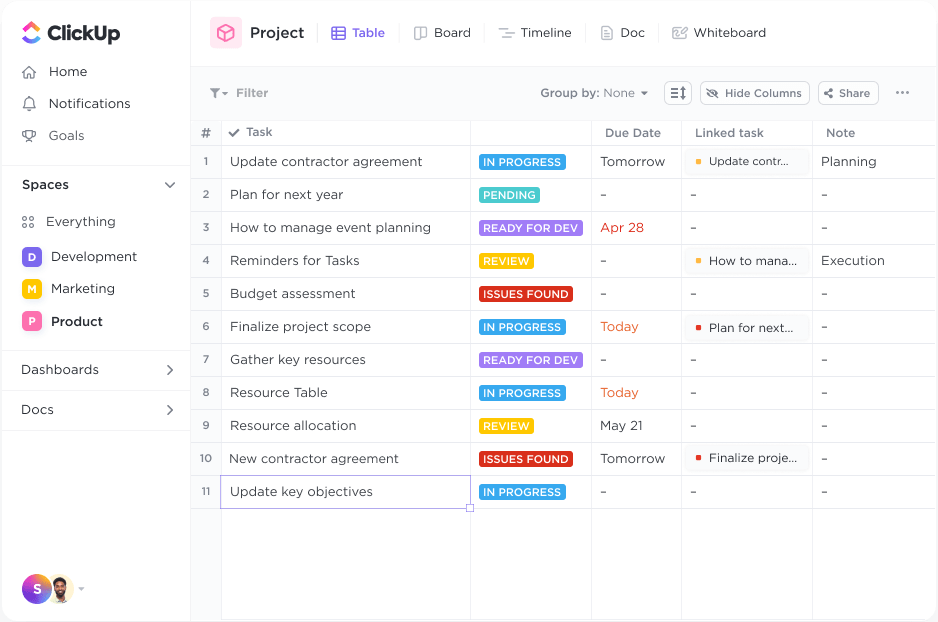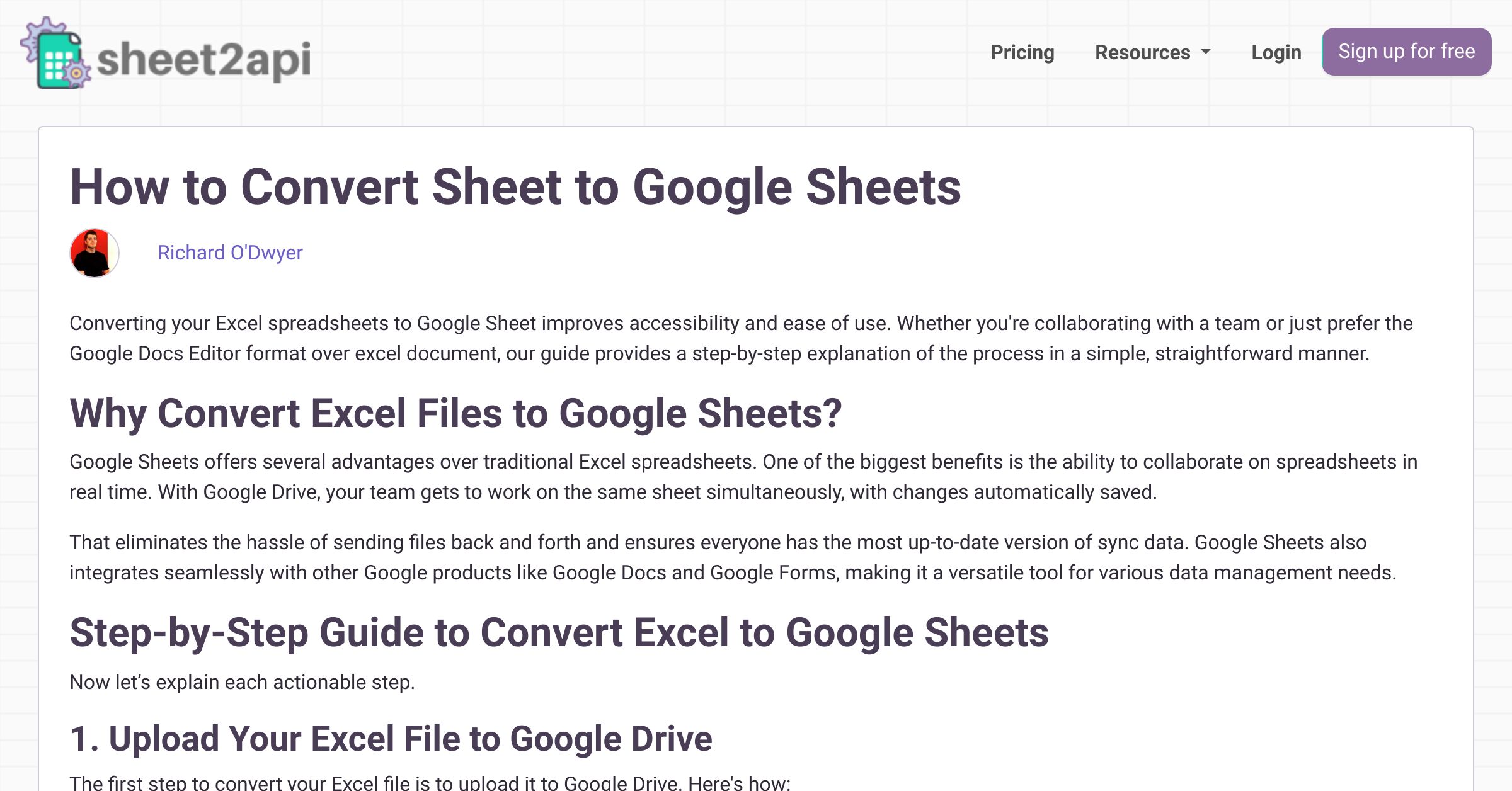5 Easy Steps to Convert Excel Sheets to Labels

Converting your data from Microsoft Excel into labels for various purposes like mailing lists, inventory tags, or event nametags can streamline operations and enhance productivity. Whether for personal use or in a business environment, mastering this conversion process can save time and reduce the potential for errors. Here’s a detailed guide to help you convert your Excel sheets to labels effortlessly.
Step 1: Organize Your Data in Excel

Before you can export your Excel data into labels, you need to ensure that the data is structured correctly:
- Headers: Each column should have a clear header that identifies the data type (e.g., Name, Address, Phone).
- Data Consistency: Make sure that each row contains consistent data for ease of conversion.
- Merge Data: If your data is spread across multiple sheets, consider merging them into one comprehensive sheet.
✅ Note: Having all your data in one place helps ensure a smooth label printing process.
Step 2: Export Your Excel File

To prepare your Excel data for label printing:
- Open your Excel workbook and select the worksheet that contains the data for labels.
- Click on File > Save As and choose your preferred format:
- .csv: For compatibility with many label printing software.
- .txt: If you need a plain text file.
- Save the file to an easily accessible location on your computer.
Step 3: Choose Label Design Software

Select a label printing software:
- Microsoft Word: Comes pre-installed with many Windows machines and has a user-friendly interface for label creation.
- Avery Design & Print: Ideal if you’re using Avery brand labels, offering specific templates.
- Online Services: Platforms like Canva, which provide customizable label design options.
Step 4: Import Your Excel Data into Label Software

The process for importing data varies slightly depending on the software:
- Microsoft Word:
- Open Word and go to Mailings > Start Mail Merge > Labels…
- Choose your label size and click on OK.
- Go to Select Recipients > Use an Existing List and navigate to your Excel file.
- Map the Excel fields to the label fields as required.
- Avery Design & Print:
- Choose your label product number.
- Go to Import Data and select your Excel file.
- Adjust the layout and design as needed.
- Online Services: Follow their import or merge data instructions to add your Excel data to labels.
Step 5: Finalize and Print Labels

Before you hit print:
- Review: Double-check that all data has been correctly placed on the labels.
- Adjust Layout: Ensure the labels fit the design and the text is clear and readable.
- Print Test Page: Always print a test page on regular paper to verify the alignment.
⚠️ Note: Printing on regular paper first can prevent wastage of label sheets in case of errors.
By following these steps, you can transform your Excel data into organized, accurate labels with ease. This method not only saves time but also ensures the consistency and professionalism of your labeling tasks. Remember, the key to a successful label printing job lies in the preparation of your data in Excel, choosing the right software, and performing a thorough review before printing.
Can I print labels directly from Excel?

+
Excel doesn’t have built-in functionality to directly print labels. You need to export your data and use label printing software to manage and print labels effectively.
How do I ensure my labels are aligned correctly when printing?

+
Always print a test page first on regular paper. Use the printed test labels to align the sheet manually or adjust the printer settings if there are alignment issues.
What should I do if my Excel data has blank cells or cells with missing information?

+
Clean your data before exporting. Use Excel functions to check for and handle blank cells or adjust your mail merge settings to skip or fill missing information with default values.



